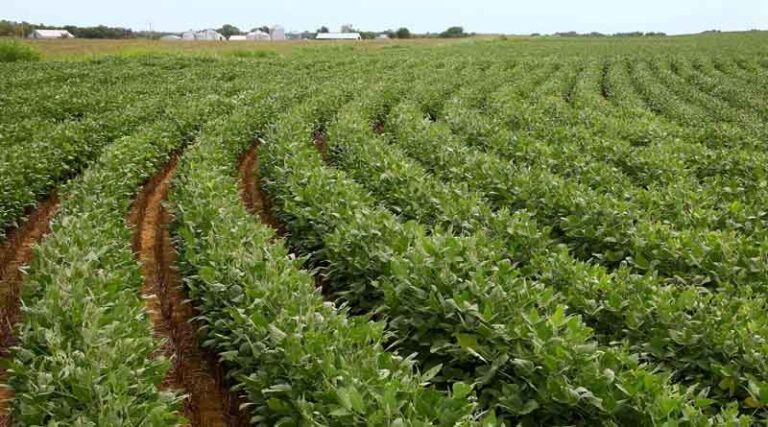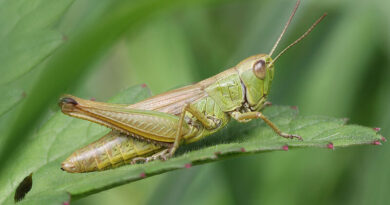
Preventing Soybean Yellow Mosaic Virus: Proven Strategies for Indian Farmers
13 August 2025, New Delhi: Soybean Yellow Mosaic, also called Soybean Mosaic Virus (SMV), is one of the most damaging viral diseases affecting soybean crops in India. The disease spreads rapidly and can significantly reduce yield if not managed in time. It is particularly prevalent during the kharif season and is often noticed in areas with high aphid and whitefly populations.
Symptoms of Yellow Mosaic Disease
Early identification is key to controlling Yellow Mosaic. Farmers should watch for:
- Yellowing of leaves, often in a mosaic or patchy pattern
- Stunted growth of affected plants
- Distorted or curled leaves
- Reduced pod formation and seed quality
Infected plants act as a source of the virus, allowing it to spread quickly to healthy plants.
Causes and Spread
Yellow Mosaic Disease is caused by soybean mosaic virus and is primarily spread by insect vectors such as:
- Whiteflies (Bemisia tabaci)
- Aphids (Aphis glycines)
The virus can also be transmitted through infected seeds, making it crucial to use certified virus-free seeds.
Preventive and Control Measures
- Cultural Practices:
- Uproot and remove infected plants immediately to reduce virus spread.
- Avoid sowing soybeans near previously infected fields.
- Ensure proper field sanitation to minimize vector populations.
- Chemical Control of Insect Vectors:
Managing whiteflies and aphids is critical to prevent disease spread. Recommended insecticides include:- Flonicamid 50% WG – 200 g/ha
- Thiamethoxam + Lambda-cyhalothrin – 125 ml/ha
- Beta-cyfluthrin + Imidacloprid – 350 ml/ha
- Acetamiprid 25% + Bifenthrin 25% WG – 250 g/ha
- Seed Treatment:
- Use virus-free seeds for sowing.
- Treat seeds with approved insecticides to protect seedlings from vector attack.
- Field Monitoring:
- Regularly inspect fields for early symptoms.
- Monitor insect populations, especially during the early growth stages, and apply control measures promptly.
Why Early Action is Critical
Yellow Mosaic spreads quickly and can cause yield losses up to 50–70% if not managed properly. Timely identification, removal of diseased plants, and controlling vector populations are the most effective ways to protect your crop.
Soybean Yellow Mosaic Disease is a serious threat to Indian soybean farmers. By following preventive measures, using recommended insecticides, and uprooting infected plants promptly, farmers can minimize losses and protect their yield. Implementing these strategies as per the National Soybean Research Institute’s advisory ensures healthy crops and higher productivity.
Also Read: ICRISAT and Partners Discover New Gene for Sterility Mosaic Disease Resistance in Pigeonpea
📢 If You’re in Agriculture, Make Sure the Right People Hear Your Story.
From product launches to strategic announcements, Global Agriculture offers unmatched visibility across international agri-business markets. Connect with us at pr@global-agriculture.com to explore editorial and advertising opportunities that reach the right audience, worldwide.






